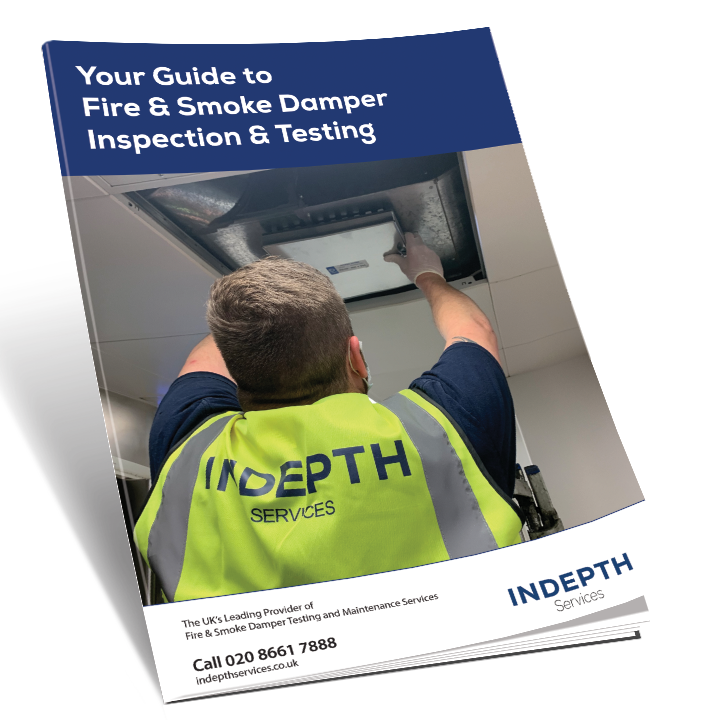All fire safety systems must be regularly and professionally maintained to ensure the safety of building occupants – a faulty fire damper will not prevent the spread of fire. With the enactment of the Regulatory Reform (Fire Safety) Order 2005, it is now the employer’s responsibility to maintain their fire safety systems.
Compliance requires that fire damper testing is carried out annually. A fire damper test requires a visual inspection of the fire damper and a drop test.
What is a fire damper drop test?
Fire dampers are located where ductwork passes through fire compartment walls and floors. They are typically held open by a ‘fusible link’, which BS 9999:2017 defines as a ‘device that releases a component such as a fire damper or fire shutter at a set temperature’.
When met by high heat, a fusible link will release and close the fire damper. The fusible link can also be released manually, for testing purposes. Our experts will manually release the fire damper and visually check the integrity of the mechanism. All fire dampers should close fully on release – it is the integrity of the closure that prevents the spread of smoke and fire in an emergency situation.
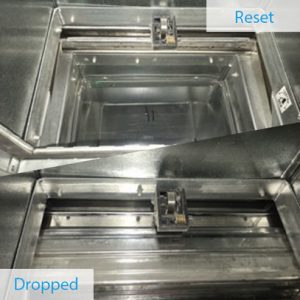
Resetting a fire damper
On completion of a satisfactory test, it is essential that the damper is correctly reset, so it is ready in an emergency. Our team is skilled at resetting fire dampers and replacing fusible links, if necessary.
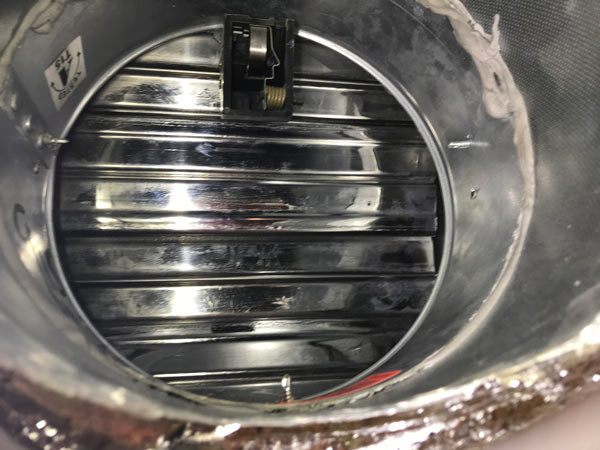
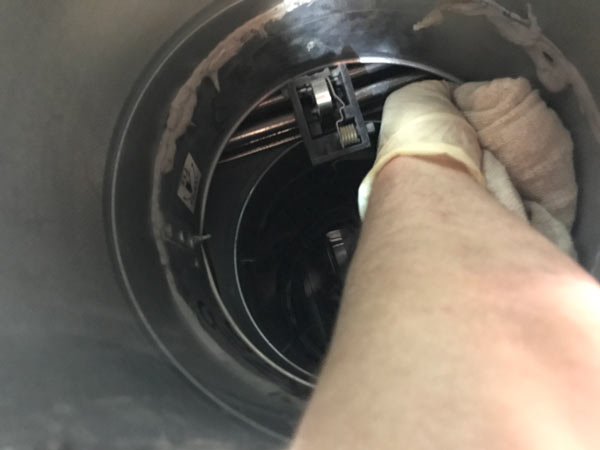
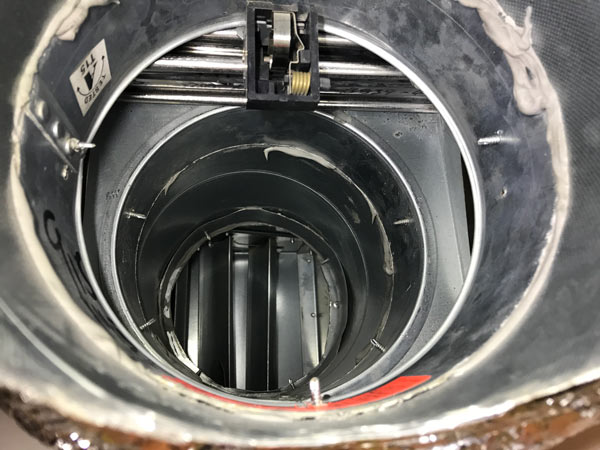
Accessing fire dampers for testing purposes
Access is critical. All fire dampers should be located within reach of an access point – this would either be a builder’s hatch or access panel in ductwork. If your fire dampers do not have appropriate access we can help you by installing new hatches and access panels.
Cleaning fire dampers
As your ventilation system is used it will accumulate dust and debris, which could prevent the fire damper from operating. Our team will clean your fire damper as part of the testing service. If our specialists find a high build-up of dust or debris within any ductwork area, we will report back with photographic evidence.
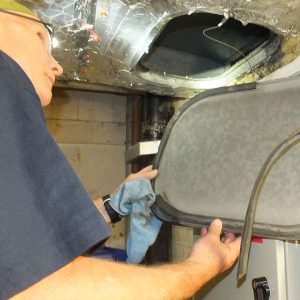
How often should you conduct fire damper testing?
BS 9999:2017 states: ‘… all fire dampers to be tested by a competent person on completion of the installation and at annual intervals. Spring-operated fire dampers should be tested annually and fire dampers situated in dust-laden and similar atmospheres should be tested much more frequently, at periods suited to the degree of pollution’. Dampers in hospitals or high-risk environments will require more frequent testing.
Evidence of fire damper testing
Completing a testing routine is insufficient for compliance. You need to maintain accurate records of when testing was carried out. Our team produces an industry-leading fire damper testing report, which includes photographic evidence of testing, to satisfy authorities that testing has been conducted.
Learn more about our fire damper inspection reporting here.

